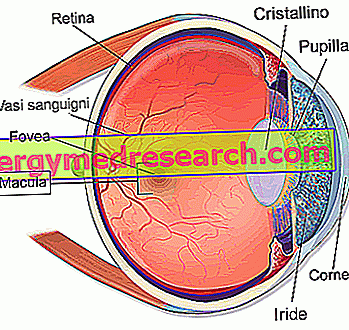Scroll down the page to read the summary table on lentils.
| Lentils: general description |
|
| Lentils: origin of the name | The term lentil derives from the particular lens shape of the legume itself |
| Lentils and tradition | The morphology of the lentils recalls the coins: for this reason it is traditional to consume lentils at New Year, as a wish for wealth and fortune |
| Lentils and cultivation | Globally, 3.2 million hectares of land are cultivated with lentils → 900 kg / ha of yield (over 3 and a half million tons) Currently lentils are grown in all areas with a warm temperate climate |
| Lentils: botanical description |
|
| Lentils: variety | Lentil varieties are mainly differentiated according to color. Examples:
|
| Lentils: objectives for improving the culture |
|
| Lentils: cultivation and environment | Ideal cultivation climate: temperate Ideal soil: sandy and clayey soils. The cultivation of lentils in calcareous soils and in those that are too fertile with a high level of salinity is not recommended |
| Lentils: nutritional properties | Lentils consist of:
Chemical components: Isoflavones, Thiamine, Vitamin PP. They are rich in fiber, protein, iron, magnesium and potassium. |
| Lentils: therapeutic activities | Useful natural remedy against:
|
| Lentils: storage and cooking | Lentils in box → ready to use Dried lentils → require soaking and cooking |



